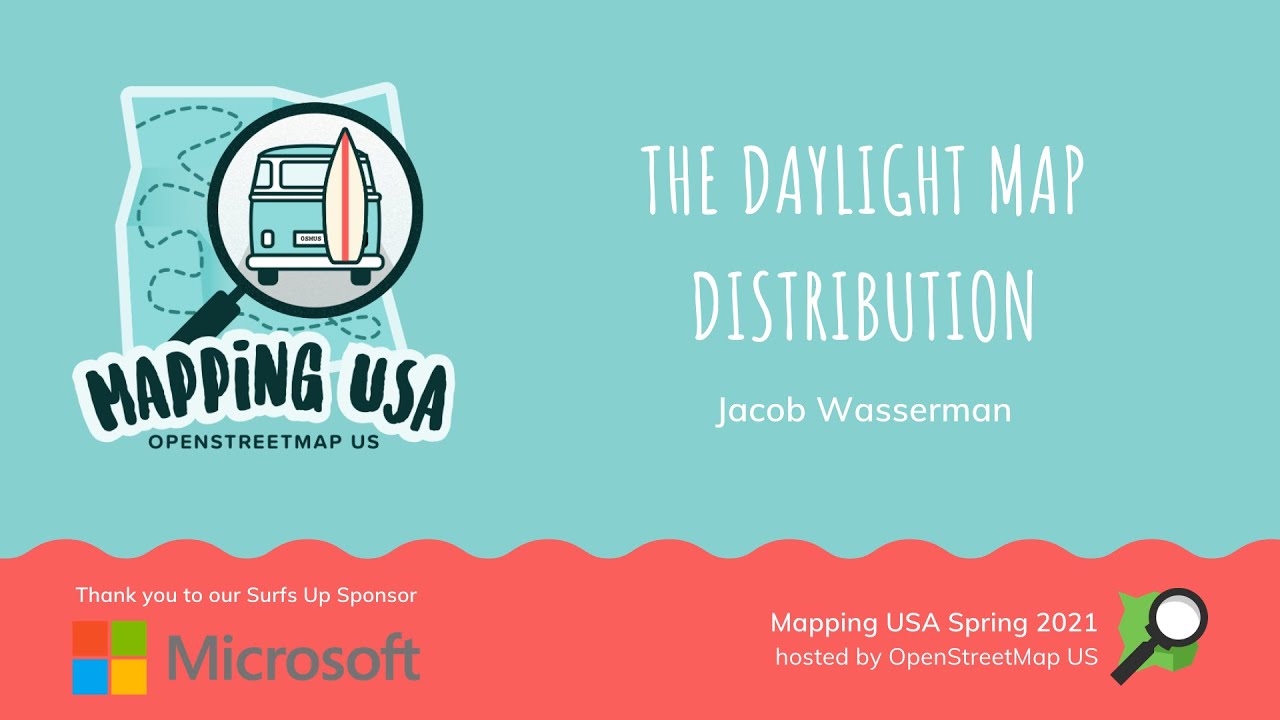Leaving aside how to make the distribution itself (file, or API, etc) on the governance for specific projects with different corporate players deciding what goes or not into the final release, one close governance model is… how Unicode decides the Unicode Common Locale Data releases.
The CLDR have far less data than OSM (but still have names for places, regex to parse dates, plural rules, etc, things that are ready to be employed in software) and releases take months, but the amount of small decisions is such that in general, submissions from general users tend to be accepted. The last world tends to be corporate decisions, some sort of language-representative (often might be backed by some country concerned with how names of places will be default to) and other interested in the topic (which don’t require payment, but often is restricted on subject or region) on the CLDR Survey Tool:
So, yes, going this path end result would tend to be more aligned with the version used by the UN than “ground truth”. Maybe even naturally would bring massive data from places which OSM is currently blocked, because even if corporations could vote for ground truth, they could still align with economic interest and, in some regions, just agree with votes by some other org.
So if CLDR approach is taken on an OSM release backed up by these votes, in special places names would be frozen. The natural advantage for Overture Maps Foundation “OMF” players to try to go with OSMF would be it acts as conflict resolution between the big corps themselves (and the fact open processes have advantages for them). The disadvantage for OSMF is that one release (maybe with different naming) becomes stricter at the cost of disputes being voted on, similar to how some existing standards organizations do voting today (this happens with W3C, ISO, etc, maybe notable exception is IETF).
Another somewhat disadvantage to OSM going this path, even if this works very, very well, is that the corporations might decide to avoid releasing certains kinds of data they would profit from, even if OSM could clearly be expanded to do this. I do suspect this because TomTom seems to avoid releasing certain kinds of data. Again, I might be wrong, but they seem more a threat to OSMF (as an organization to have big players around) than to existing businesses that always worked around OSM data. Leaving voting for >50% corporate will just make them focus on a subset of OSM data even less than today’s data offered by Geofabrik daly dumps while appealing administrative boundaries focused for commercial use without stress with major governments.
So, at this moment, I’m not sure the best approach, but the way Unicode works is a way to allow corporation’s (which most of the time are mostly approving what others already suggested) may be one way to do it. But, by analogy with Unicode, this would also means:
- For every country OSM data operates, this kind of release would allow, for free (without need to pay fees) representatives of the local government on that feature (Unicode allows not only corporate, but “experts”). So: for roads, any country department responsible for roads should have a vote; for rivers, any country department related to that should have a vote, and go on… That’s the logic. Again, despite less votes, as long as there’s no issue to conflagate data, the tendency of this release gives priority to “official” data (as long as license allows it).
- The agreement’s OMF would be at closed doors with local governments and would become known to the OSM community. While it is always faster for the government to deal directly with this group (again, no need to wait for community approval), they would anyway become more likely to allow direct data on OSM. The acceptance of the OSM community accepts that this might vary by region (sometimes might never happens, in special in disputed regions)
- The tooling for data conflagarion is likely to improve. The released version by this initiative might actually be a beta testing place in the eyes of the OSM community without risk damage on the reference data.
- (Likely I’m missing more impacts)
Anyway, the decision here on the approach needs to take in account what is for medium to long term interest to OSMF or not. But if (and that’s a big if) approach them, the way allow the voters on topic by topic to decide what’s going on published versions might take in consideration how Unicode does it.
